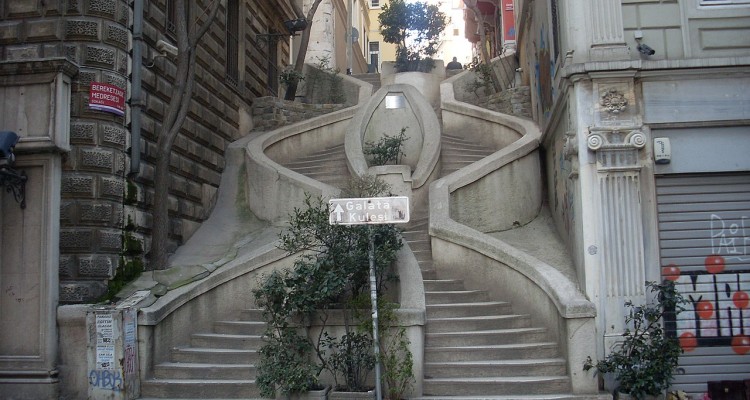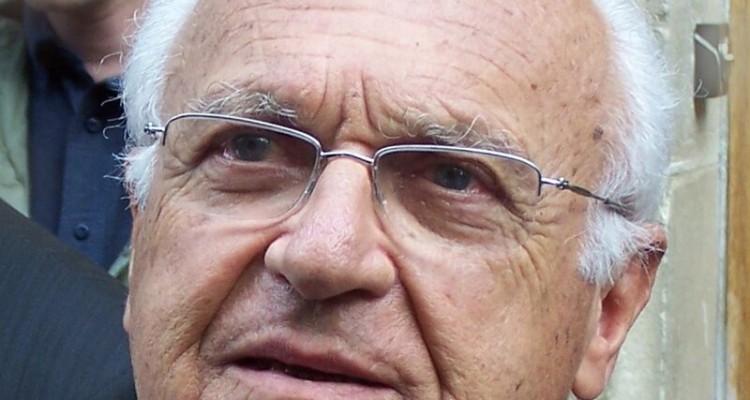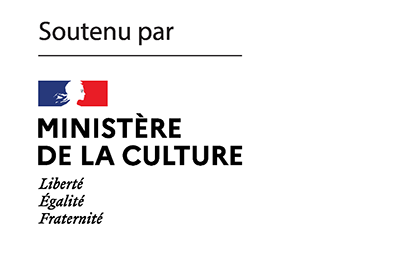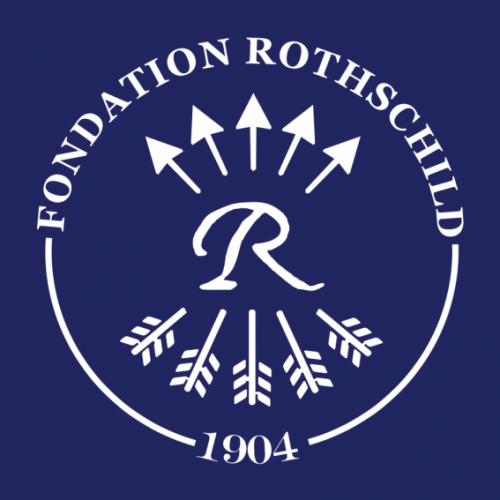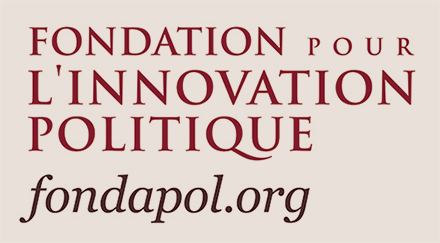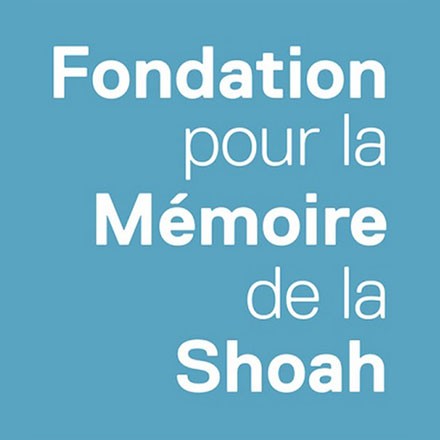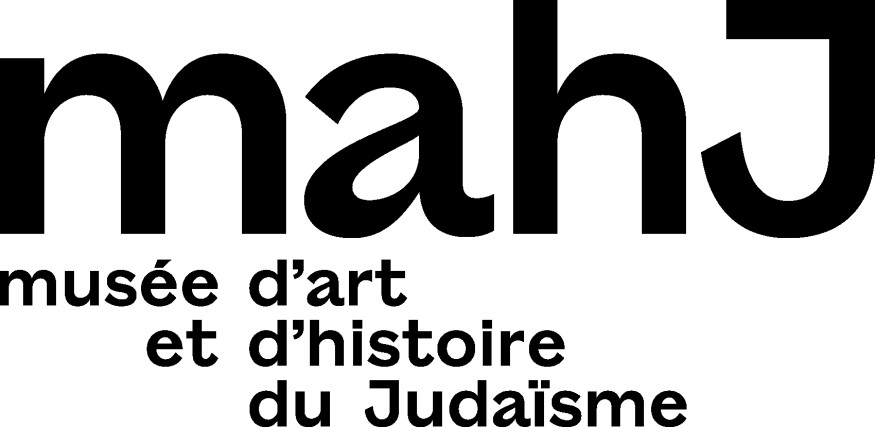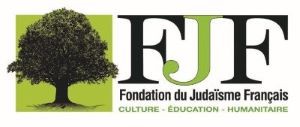The Sassoons proclaimed themselves descendants of King David, were described as the “Rothschilds of the East” and spoke both Judeo-Arabic and Hindustani before converting to the English language. Mitchell Abidor, who visited the exhibition ” The Sassoons “, currently on show at the Jewish Museum in New York, tells us their story.
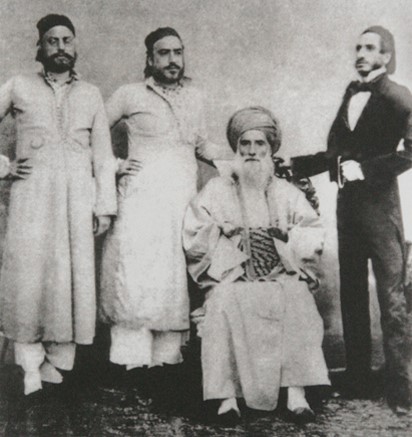
When fabulous wealth and Jews are linked in the popular imagination it is the Rothschilds and their European financial empire that traditionally comes to mind. It’s a sign of an overwhelming Eurocentrism that leads us to remain largely ignorant of Jews from the East whose fortunes, if not the equal of the Rothschilds’, were not far from it. The Camondos, originally from Turkey but who later based themselves and their wealth in France, come immediately to mind as an Oriental counter to the Rothschilds. Far less known is the Sassoon family, Iraqi Jews, the source of whose fabulous wealth was located outside the West, in countries not normally associated with Jews: India and China. The fascinating exhibition at New York’s Jewish Museum, “The Sassoons,” on display until August 13, concentrates on all that was splendid and splendorous about them and their far-flung empire.
The show is very much reminder of the pull of the West, both as a reality and as an imaginary construct. Edward Said criticized and condemned the orientalism that for so long dominated and falsified the Western inability to see the East. The Sassoon family demonstrate the contrary tendency: the irresistible attraction of the West, the sentiment that success is only truly success if it is validated by entry into the European elite. The Camondos and their bank commanded attention in the Ottoman east. They could build a staircase that bears their name on a busy street in Istanbul just to facilitate the trip between two of their offices, yet it was only France that made them great. Other Iraqi Jewish families would also achieve fabulous wealth, like the Kadoories, who like the Sassoons would make a fortune in China, their philanthropy legendary. The Sassoons’ wealth was enormous beyond measure when the entire family was located in the East, and until the end of the dynasty late in the twentieth century, the source of their wealth remained located in that part of the world. But as the exhibit demonstrates, it was first as ersatz Englishmen and -women, then as perfect exemplars of the genre that they aspired to live.
The show, which features objets d’art and bibelots galore, doesn’t ignore the mundane matter of the source of the family’s wealth. Having fled Iraq in 1832 when the Mamluk rulers of the country increased its exactions on the Jewish community, the already wealthy family head David Sassoon (1792-1864) established himself, his family, and his businesses in Calcutta and Bombay, later adding Shanghai and Hong Kong to their outposts. The Sassoons were remarkably gifted at business, and wherever they settled, fortune smiled on them. Even family squabbles, usually the downfall of family businesses, did little to hinder them. After the death of David, the founder of the dynasty in 1864, two sons, after a falling out, ran separate and competing firms, both of which achiever astounding success. In their way, the Sassoons were progressive. A female family member, Flora, assumed control of David Sassoon and Co. in Bombay in 1894 on the death of her husband. She would be ousted a few years later, but her years in charge were successful ones. Unlike the Rothschilds, banking was not at the heart of the Sassoon portfolio. Their fortune was made in the trading and manufacture of real objects, principally cotton, textiles, and opium, a legally traded good until 1916.
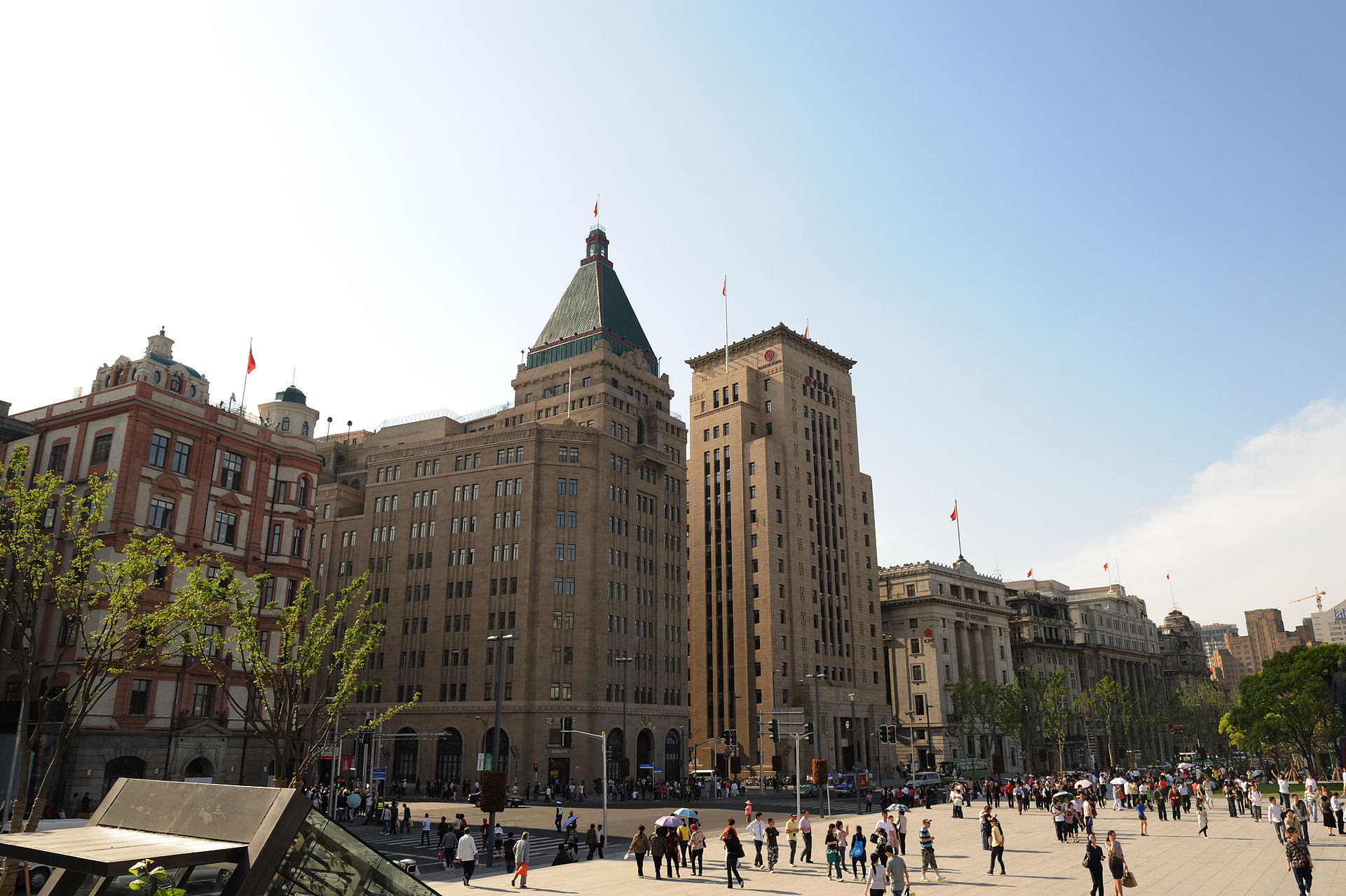
The show does not question the morality of the family’s involvement in the opium trade in the East and Far East, nor does it address the family’s role in the fight against its prohibition. When the British government moved to ban the opium trade, the Sassoons fought this tooth and nail, presenting opium use as a positive good. They ultimately lost the battle, but by that time their wealth was so enormous and its sources so varied that it barely dented their lifestyle.
The Jewish Museum’s show is not an examination of capitalist business practices. What it is about, and what makes it irresistible, is a portrait of a family that succeeded in being Jews from imperial colonies who reached the very heights of the British upper crust. The family’s history is a tale of the conflicting pulls of assimilation and tradition, of the victory of the former coexisting with elements of the latter.
The family never entirely shook off its roots. Their internal business correspondence for many years was written in Baghdadi Jewish dialect, which thus became a form of secret code, keeping their content from prying eyes. A visible demonstration of the maintenance of tradition is on display: the oriental wedding robe worn by David Sassoons son-in-law at his marriage to one of David’s daughters twenty years after the flight from Baghdad. A stunning portrait of family head David painted in 1864 shows him against a backdrop of Indian scenes while still wearing Arab attire. A fascinating and eloquent item is a photo taken in around 1858 of David Sassoon with his three oldest sons, Elias David, Albert Abdullah, and Sasson David. All save Sassoon David are garbed in Eastern attire. Sassoon David, who left for England in 1858, is already dressed for the West and for Western success.
The family’s ascent is traced through objects, photographs, and the conservative Western art they collected, as larger and larger sections of the family abandoned their homes in the colonies for England. But England was a portable thing for the Sassoons. In India and China, family members built homes and manors that were perfect imitations of the great mansions of Great Britain. David Sasson’s home in Bombay was a magnificent British-style house, though it bore the name, Sans Souci, of the castle of the greatest German royal, Frederick the Great. Some family members married into fabulous homes: Sybil Sassoons, elevated to the title of Lady Rocksavage, having married into an aristocratic family, took possession of Houghton Hall, built in 1712. Modesty was not the Sasson’s forte. They reproduced in colonial outposts the life they hoped to live, that they would someday live. In a wonderful photograph from 1869, we see the extended Sassoon family standing on the lawn of a home in Pune, the Indian city to which they escaped during the monsoon season. In this image of a family of transplanted Iraqi Jews living in India, the men look like perfect colonials, with their top hats and pith helmets, the women dressed in their multi-layered (and doubtless stifling) bustled dresses, calmly posing beneath their parasols, all of this under the eyse of native servants, in their turbans and Indian dress.
As the years passed, the family increasingly left behind the ersatz England they had constructed in the East for the real thing, purchasing magnificent mansions in the English countryside and London. Their London addresses were in the city’s most distinguished precincts, on Belgrave Square, in Kensington… So integrated were they into British high society that in 1932 the heir to the throne, the Prince of Wales, came to the home of Phillip Sassoon a cultivated bon vivant, before visiting an art exhibition the latter had organized. There can be no greater sign of arrival than royalty visiting you at your home when the host’s family was only eighty years from the backwater that was Baghdad.
Further certification of their Englishness can be seen in the family’s many portraits, painted by some of the most important artists of the time, among them John Singer Sargent, a generous selection of which are on display. Their tastes in art were that of a member of their class. Works by Gainsborough and Romney, as well as Sevres china graced their homes, and now the show at the Jewish museum, The family’s ascent to Englishness is best signified by the title of one of the books by the family’s greatest contribution to literary, Siegfried Sassoon. Nothing could be more English in the sense the Sassons aspired to than the title of his autobiographical novel Memoirs of a Fox Hunting Man.
Though assimilation into the highest ranks of the British elite led some to intermarry and abandon their religion (including Siegfried, raised an Anglican by his Christian mother and later a convert to Catholicism), others remained true to their ancestral faith, and the show displays Judaica the family members collected, the full collection, now shared out among a number of collections, a remarkable tribute to fidelity to their religious roots. Their interests included offshoots of rabbinic Judaism, as they collected Karaite and Samaritan documents as well.
The family’s philanthropic work was largely aimed at Jewish institutions, which they established and supported everywhere they lived. Their names still adorn buildings, some erected for Jewish communities in the East but now now serving other ends, like the Sassoon Library and the Sasson Hospital, not to mention the David Sasson Building of Elphinstone College. As leading members of tiny Jewish communities in remote locations, Sassons took outsized roles in the construction of synagogues, including houses of prayer in Hong Kong on Shelley Street and the magnificent Ohel Leah in Hong Kong, and Shanghai’s Ohel Rachel. In England the family had a home in Brighton, and there, too, they were the leading contributors to the construction of Middle Street Synagogue, contributing more to its construction than either the Rothschilds or Moses Montefiore. Other wealthy Iraqi Jewish families that made their fortunes outside of their native country, like the Kadoories of China, contemporaries and competitors of the Sassoons, and the Dangoors, who left Iraq after the Ba’ath overthrow of the Iraqi royal family, were also noted for their charitable giving. Naim Dangoor, who brought his family to England only in the 1960s, followed in the anglophile footsteps of the Sassons: he was knighted in 2015.
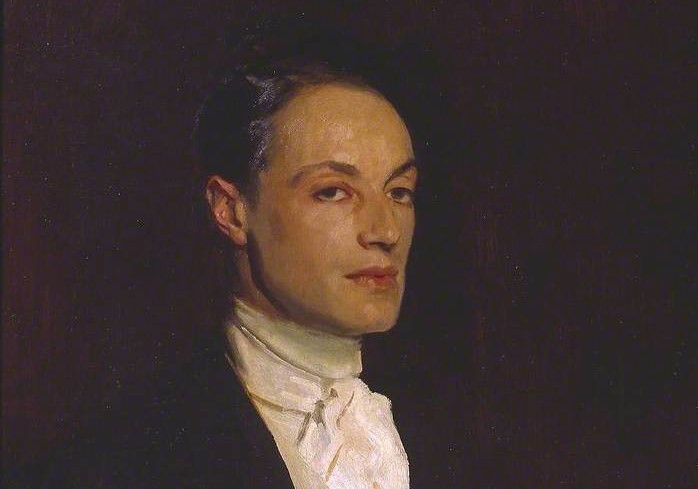
For the most part, though, the Sassoons, certainly from the early 20th century on, became Jews who were more British than the British. This shift to Englishness can be seen in the replacement of too-Jewish given names with an English equivalent, an Abraham, for example, becoming Albert, and Farha became Flora. Children were given English names that were virtually caricatures of those prevalent in the British aristocracy, names like Perceval, Reginald, and Violet.
The Sasson empire died with the British Empire. India’s independence in 1947 and the victory of the Chinese Communist party in 1949 sounded the death knell for the family’s businesses. The family’s two firms slowly withered and died, D. Sassoon and Co. closing up shop in 1969 with real estate holdings in India continuing to provide family members with income, the other, E.D Sassoon and Company, under the leadership of Victor Sassoon establishing carrying on as a bank in Bermuda, where taxes are all but nonexistent. The bank passed out of family hands after Victor’s death in 1971, and there are no Sassoon businesses remaining. Perhaps it is tradition that won the day: Solomon Sassoon, the son of the David Sassoon who was the last head of D. Sassoon and Co (and who was himself something of a scholar, publishing an important work on the Samaritans), moved to Israel and became an Orthodox rabbi.
As the authors of the magnificent and informative catalog that accompanies “The Sassoons” write, “The long journey of a Baghdadi Jewish family that had been forced to leave the ancestral shores of the River Tigris, sought haven along the waters of the Indian Ocean, and navigated the perilous currents of the Pearl River delta in China was gradually coming to an end along the Thames.”
Mitchell Abidor
Mitchell Abidor is a Brooklyn-born writer, translator and historian. He has published over a dozen books and his articles have appeared in The New York Times, Foreign Affairs, The New York Review of Books and numerous other publications.
